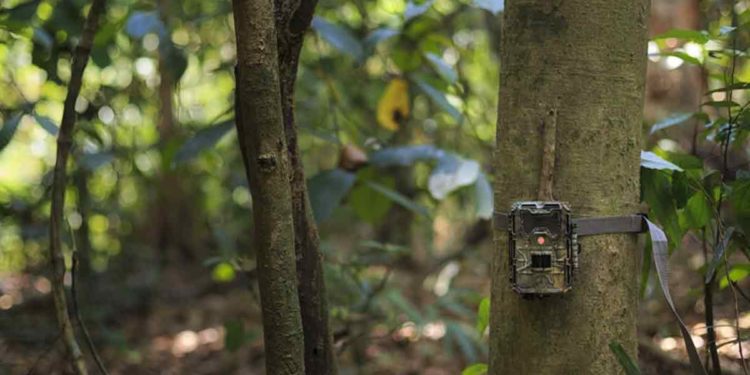Opening its doors to visitors again, the Kambalakonda Eco Park, also known as Kambalakonda Wildlife Sanctuary, announced, in a press note, that the park administration is planning to conduct a camera trapping exercise at the eco park, as per the National Tiger Conservation Authority (NTCA) guidelines. This will be the first time a camera trapping exercise is happening at the wildlife sanctuary. The camera trapping exercise will provide information about the presence of different wild animals, and carnivores, in the park.
Camera trapping is a method that provides data on species locations, population sizes and how these respective species are interacting. The cameras used for this exercise are digital cameras connected to an infrared sensor that can “detect” objects that are moving. When an animal moves past the sensor, it detects and records an image or video to the memory card for later retrieval.
In a conversation with Yo! Vizag, Anant Shankar IFS, District Forest Officer (DFO), Andhra Pradesh Forest Department, Visakhapatnam, elucidates that firstly, the GIS (Geographic Information System) maps of the entire forest areas would be generated. With the help of the maps generated, the entire area would be divided into grids (4 sq. km grids each). At the centre of each grid, two cameras would be placed wherever these animals generally move. This exercise would be conducted for 30 days. After completion of the exercise, the collected data would be passed through a software, which will help obtain the required data.
Adding to the aforesaid, Mr. Shankar says, “This exercise is primarily to control the tiger species. But, there are several other uses of the camera traps. There are many animals which we either cannot see with our naked eyes or they do not come out because they are very shy, or they do not come out during the day, such as the pangolins, porcupines, or tortoises. To get their precise location and population sizes, camera trapping is very helpful. Camera trapping will also help keep track of the various species of deer at the Kambalakonda wildlife sanctuary.”
Over the last decade, candid images and videos of wildlife have been widely shared on social media and have been featured in countless documentaries. From being an experimental technology, camera trapping has been extensively used by biologists, photographers and hobbyists. With the Kambalakonda Eco Park reopening, people can visit this beautiful place and experience nature like nowhere else in the city.










Discussion about this post